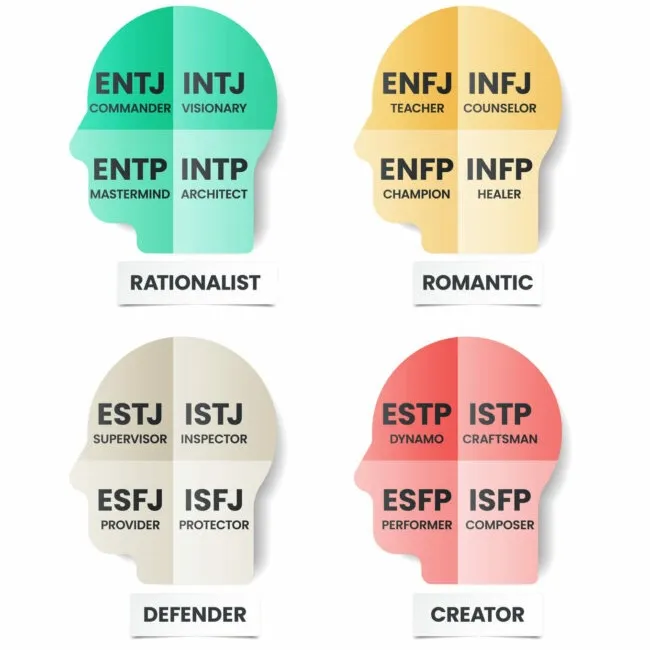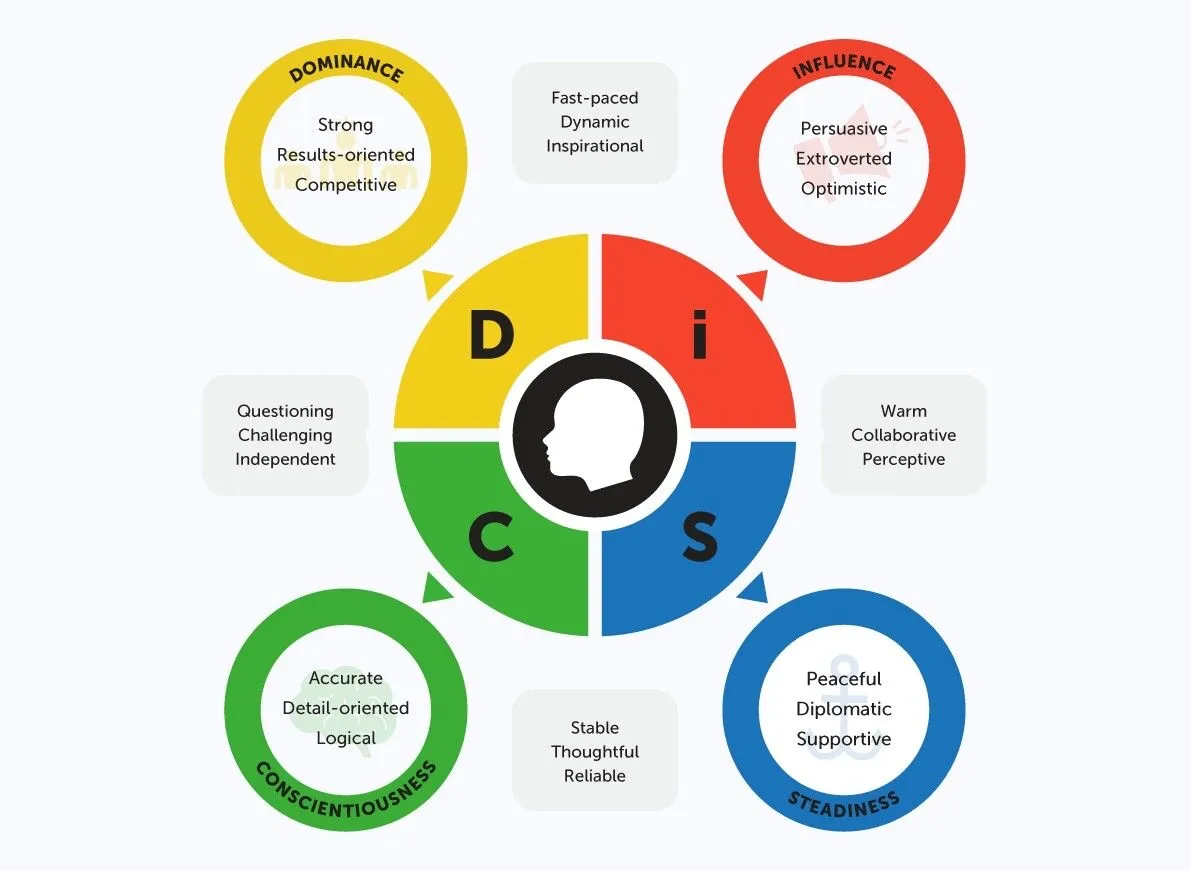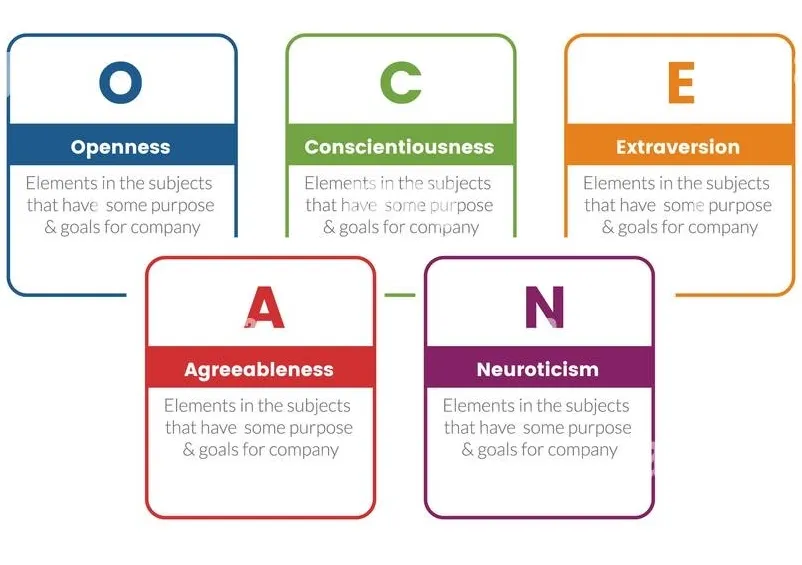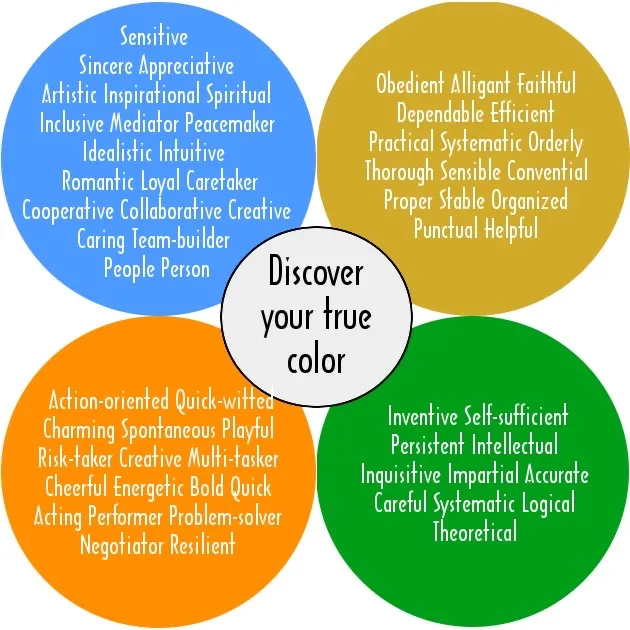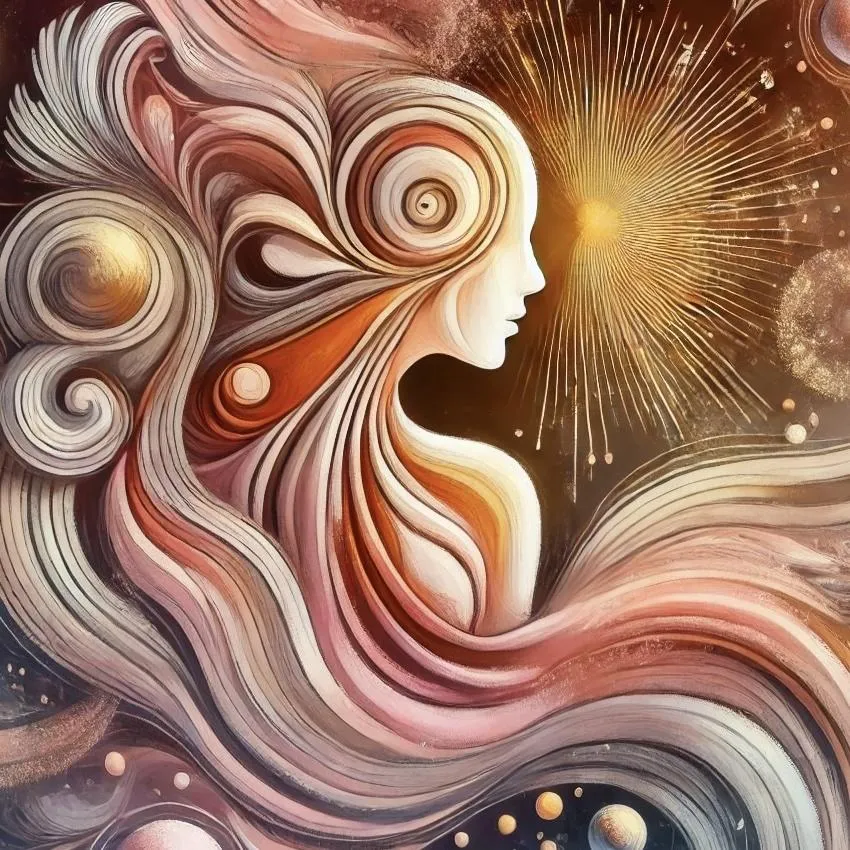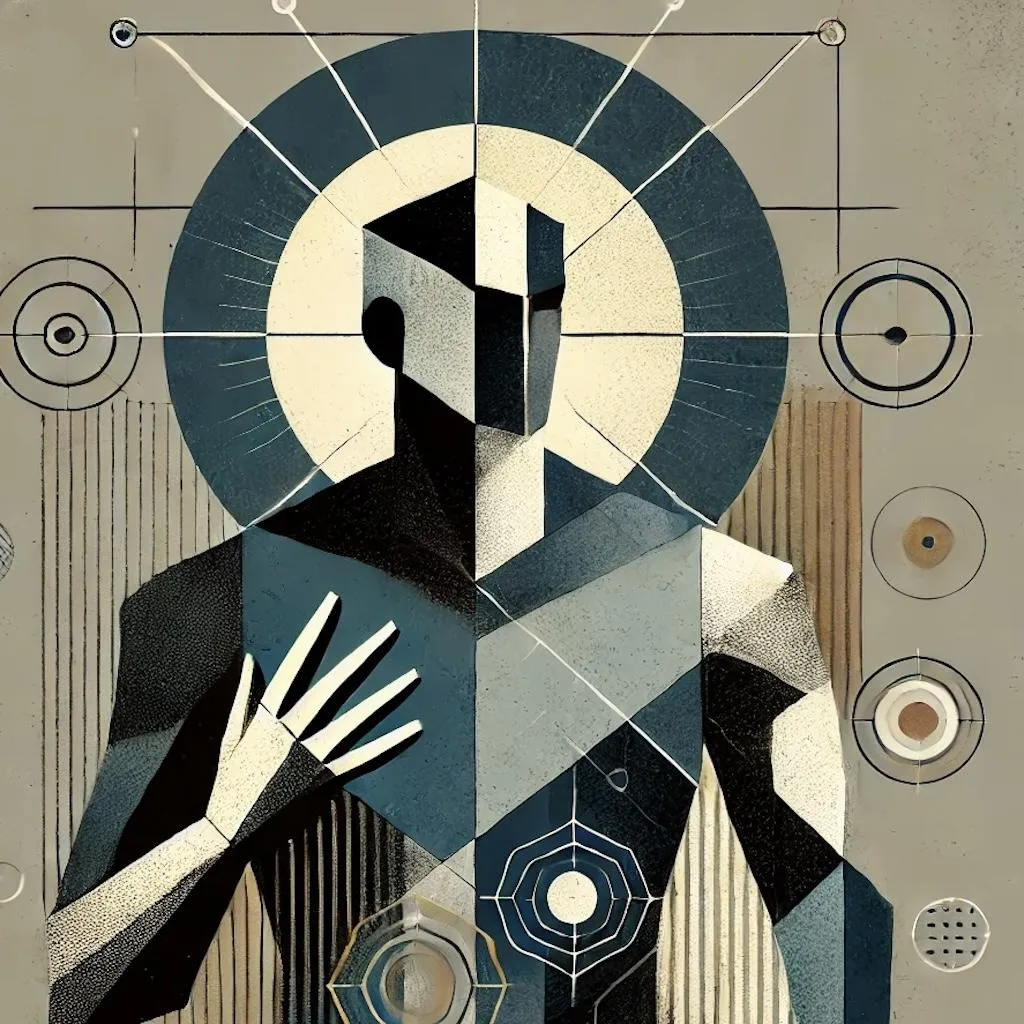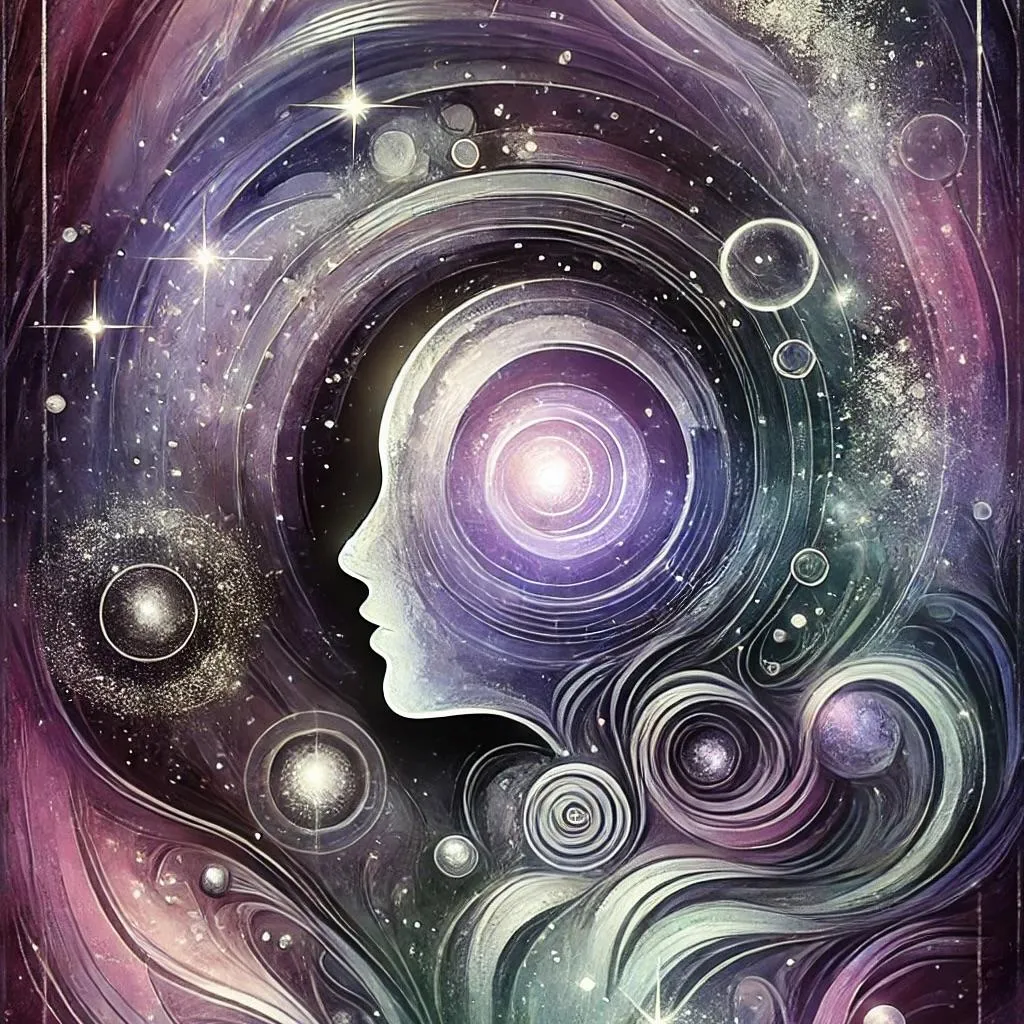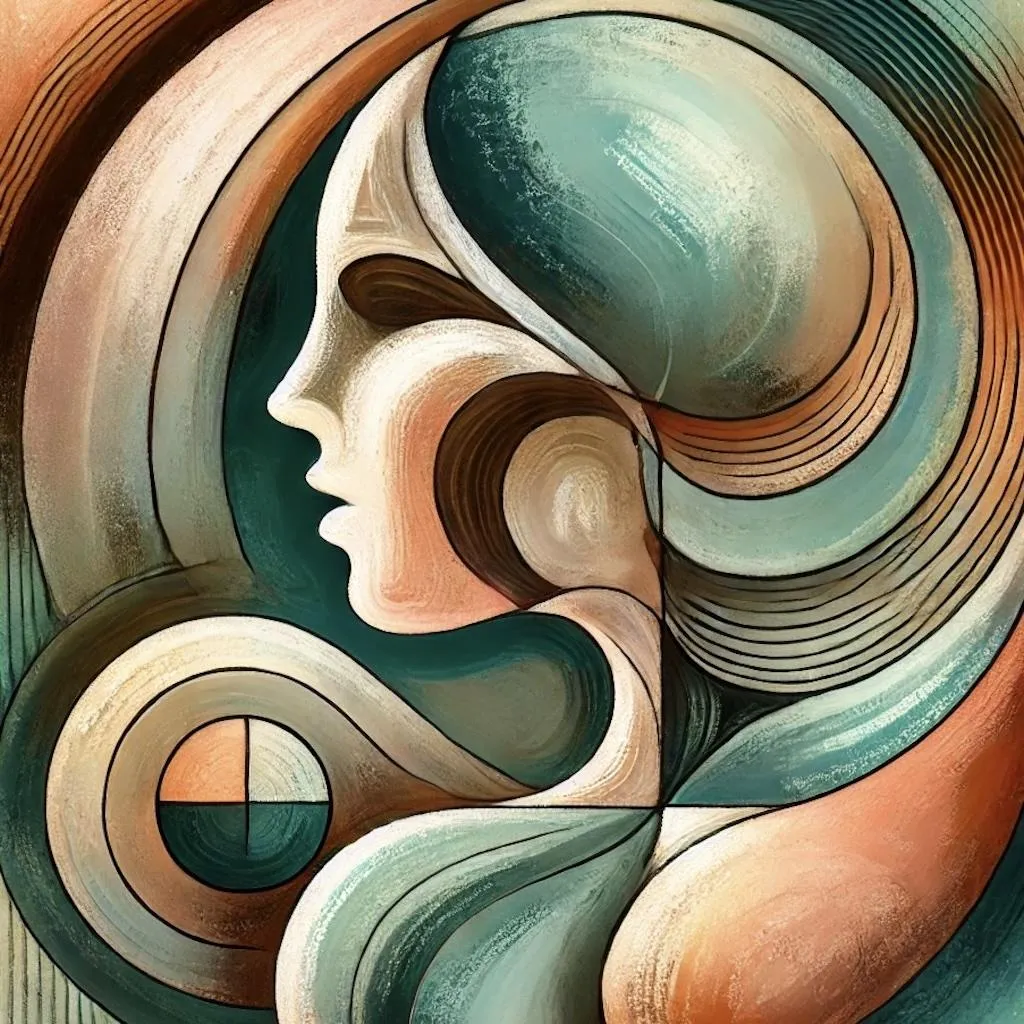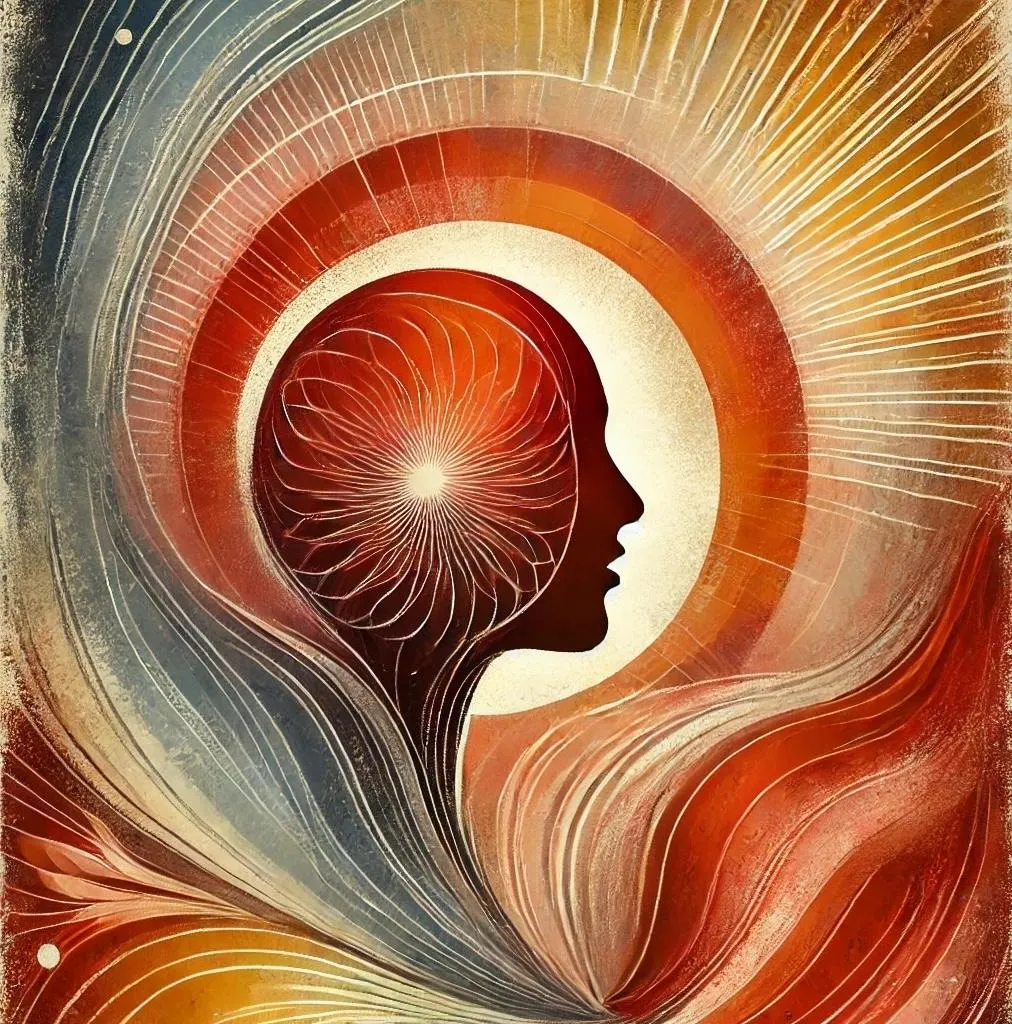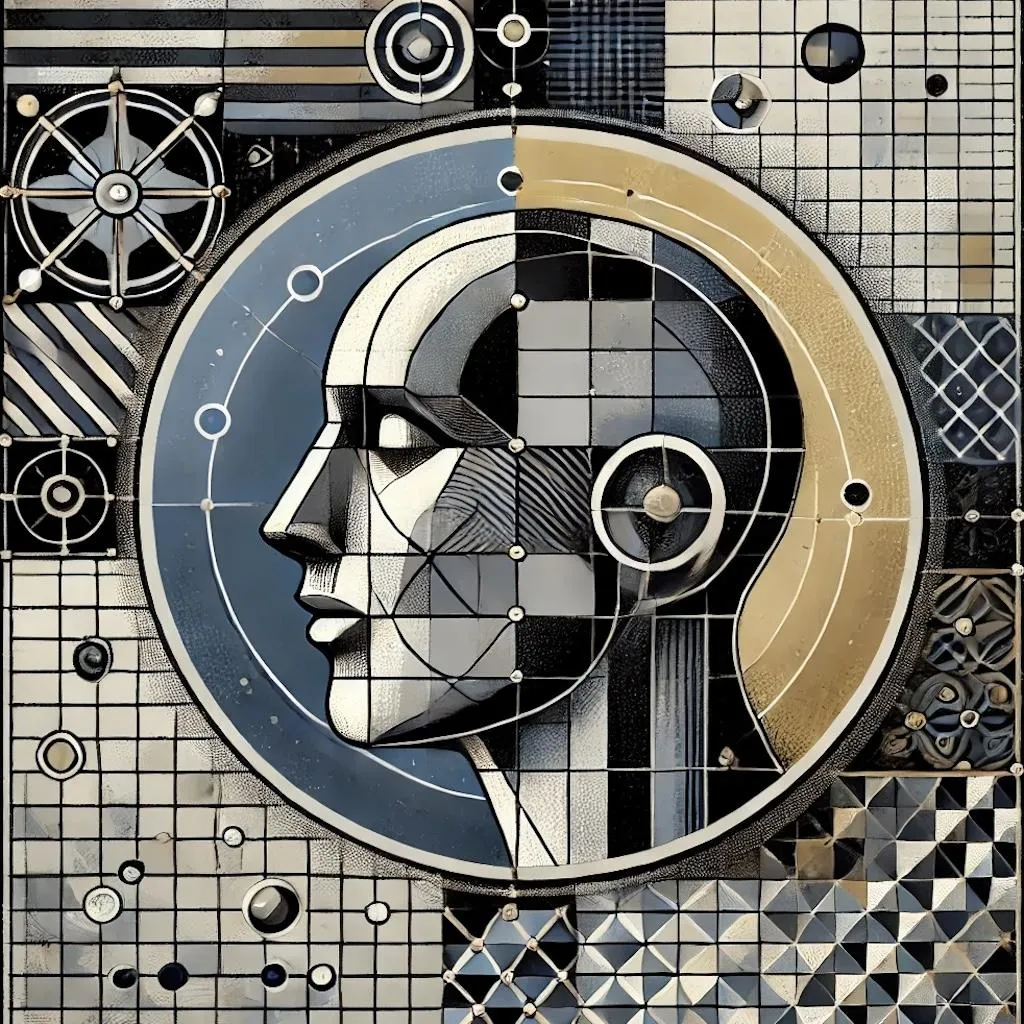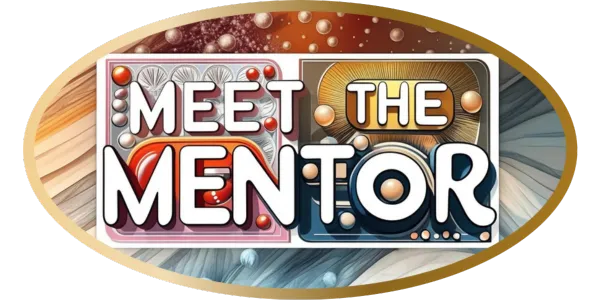Map Your Communication Style. Connect with Greater Clarity.
Map Your Communication Style. Connect with Greater Clarity.
References
This framework was developed with a strong foundation in communication psychology and relational dynamics.
We conducted extensive research into several well-established psychological and personality frameworks—drawing insights from systems like MBTI, DISC, Big Five, and others—to inform and pressure test the Multi-Dimensional Messaging Matrix (MMM).
While the MMM introduces a distinct structure using five core polarities to define 32 unique archetypes, its development was deeply influenced by the patterns and principles found across these trusted models.
To make the concepts more accessible and to highlight areas of alignment, each archetype includes comparisons to similar types from other systems. These parallels aren’t intended as exact equivalents, but rather as helpful reference points to ground each archetype in familiar language and established ideas.
Myers Briggs Type Indicator MBTI
The MBTI categorizes personality based on four cognitive dichotomies (Introversion/Extraversion, Sensing/Intuition, Thinking/Feeling, Judging/Perceiving), creating 16 distinct types. In this framework, we reference MBTI types that share similar communication preferences, decision-making styles, and interaction tendencies with each archetype. While MBTI focuses more on internal cognition and worldview, our framework applies these dynamics to external expression and relational behavior.
DISC
The DISC assessment categorizes people based on four primary behavioral styles: Dominance, Influence, Steadiness, and Conscientiousness. These styles relate to how individuals interact, respond to challenges, and communicate within teams. Our framework maps DISC types to archetypes based on shared communication energy, emotional tone, and responsiveness to structure. These alignments can be especially helpful in business or team environments where DISC is already in use.
OCEAN Big Five Personality Traits
The OCEAN model breaks personality into five scientifically validated traits: Openness, Conscientiousness, Extraversion, Agreeableness, and Neuroticism. In this framework, we include OCEAN-based comparisons where traits like openness to experience, emotional sensitivity, or conscientious communication directly align with an archetype's defining polarities. These parallels provide additional context for users familiar with personality research or academic approaches to behavior.
True Colors Personality
True Colors simplifies personality into four color-coded types—Blue, Gold, Green, and Orange—based on motivation, values, and behavior. Where relevant, archetypes in this framework are linked to a corresponding True Colors profile that reflects a similar emotional approach, relational style, or communication preference. These links are useful for educators, coaches, or organizations that already use this accessible and color-coded model.
Jungian
Carl Jung's theory of archetypes laid the foundation for countless personality and branding systems, introducing universal characters like the Hero, the Sage, and the Magician—symbolic figures rooted in the collective unconscious. In developing this framework, we studied both Jung's original work and the many modern adaptations that have translated his archetypes into tools for marketing, storytelling, and leadership. While our system diverges from Jung's mythic lens by focusing on real-world communication tendencies, the idea that core patterns of expression and motivation can shape how we show up in the world remains central. The 32 archetypes in this platform echo those timeless energies—but map them through specific communication polarities to support clarity, connection, and meaningful expression.
There's something powerful about seeing your own patterns reflected back to you—not as labels, but as keys. This framework offers that kind of magic: a way to deepen self-awareness, unravel the way we relate to others, and shape our communication with more intention and resonance.
At its heart, communication is about connection—sparking recognition, stirring feeling, building trust. When we understand how different people absorb meaning, make choices, and respond to what's offered, we can craft messages that not only reach minds, but move hearts. T
his isn't just a personality tool—it's a compass for authentic expression, whether you're writing copy, sharing your story, or simply trying to be more fully understood. So take a breath, follow your curiosity, and begin to explore. Each archetype holds a unique kind of wisdom—perhaps even a mirror for your own.
Wander through the polarities, notice what resonates, and let this space reveal new ways to express what's been inside you all along. Your voice has its own rhythm. Let's find it.
Once you’ve explored the Archetypes and found the one that feels like you, you’re ready to meet the Mentor.
We all have a natural communication style, but most of us lack a clear mirror to see it. This interactive guide helps you make the most of your own style, and shows you how to adapt your message when speaking to someone with a different one, without compromising who you are.
Whether you’re navigating conflict, preparing for a conversation, or simply getting curious, the Mentor offers insight, reflection, and grounded, practical guidance.
Join the conversation, with the part of you that already knows how to connect.
©2025 Multi-Dimensional Messaging Matrix

